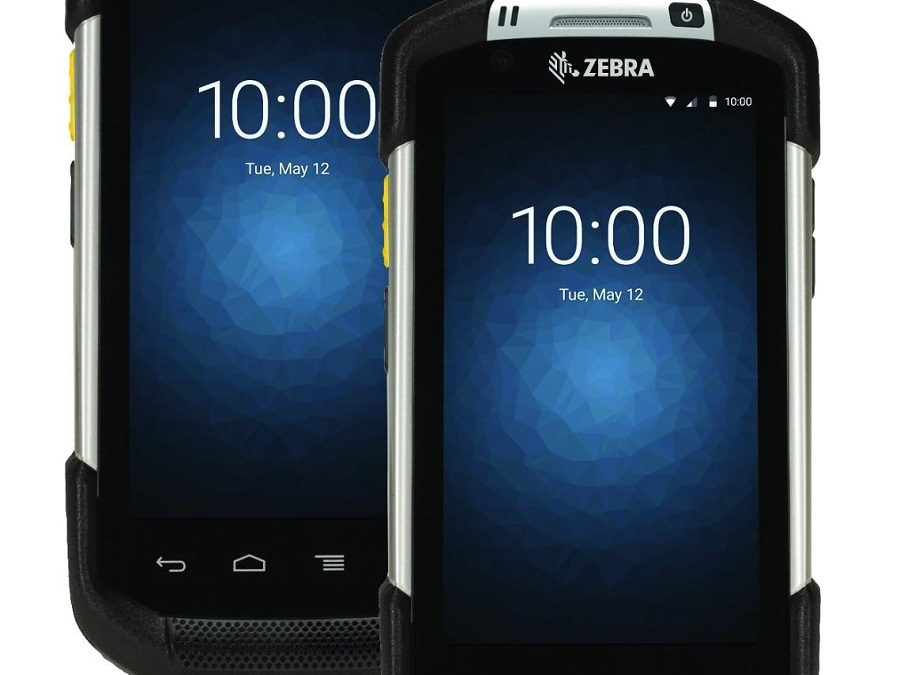Handheld mobile computing technology has become pervasive across the enterprise and in our culture. In business, everyone from the CEO to the field service technician is able to use a mobile phone, tablet, or rugged handheld computer to access critical data and applications. In our personal lives, smartphones and tablets have become a critical link to social media, email, banking and payment apps, sports updates, and services like Uber.
Why? Because mobile technology creates efficiencies. That is especially true in the distribution center or warehouse.
Most warehouse operations can benefit from handheld mobile computing – mobilizing receiving and putaway provides immediate inventory visibility and receipt or shipping confirmation. With mobile computers mounted on forklifts or other vehicles, you can extend that visibility across a facility.
Handheld mobile computing also enables warehouses to automatically verify shipments against purchase orders, ensure accurate picking and putaway, initiate replenishment orders based on real-time shelf inventory scans, and validate orders as they are being picked and packed.
Mobile technology creates these efficiencies in a number of ways:
Easy-to-use devices: While older handheld mobile computing devices were clunky and challenging to navigate, modern mobile computers are intuitive and feature user-friendly interfaces that are as easy to use and understand as a smartphone. In fact, many of these rugged handhelds use the same operating system (Android or Windows Mobile) that your employees are familiar with through their own personal tablets or smartphones.
That means end users can be up and running on new devices and applications quickly, with minimal disruption, training time, and cost.
Reliable, everyday operation: Rugged mobile computers are built to withstand the harsh environments typical of a warehouse operation, and can provide a full shift’s worth of connectivity thanks to advanced battery technology. Many of these devices are dust and water-proof, and can survive multiple drops to concrete – necessary protections on a busy receiving dock or a fast-paced warehouse floor.
Anywhere, anytime access to any information in your back-end systems: To meet increasing customer demands for faster, lower cost logistics, warehouse operations depend on fast access to enterprise resource planning data, as well as information from supply chain management, inventory forecasting/planning, and other software systems. Customers want real-time access to inventory information before they place an order, and the warehouse has to be able to respond quickly to coordinate with logistics providers so that timely shipping can be guaranteed.
Handheld mobile computing solutions are critical for providing that up-to-date inventory data, and for communicating order and shipment information to staff on the warehouse floor as quickly as possible.
Faster data capture: Mobility solutions allow users to capture a wider variety of data much faster than would be possible using manual data collection. With handheld mobile computing devices, workers can not only scan barcode labels and RFID tags, they can also collect location data, order status, and even document the condition of goods by taking photographs with the built-in camera or imager.
Once collected, that information can be quickly uploaded into the warehouse management or other enterprise systems using the warehouse WiFi network or a cellular data connection.
Push-to-talk communication: Data isn’t the only type of communication these devices enable. Many mobile computers include push-to-talk voice capabilities for fast communication with co-workers in the field, as well as supervisors, dispatch and others back in the office. Warehouse employees can ask for assistance from co-workers, or report inventory or shipping problems, using the same mobile devices that provide data connectivity.
Handheld mobile computing solutions, such as Zebra Technologies TC70 and TC75, can enable new efficiencies in almost every warehouse operation. With a modern interface, wireless data collection capabilities, and a durable design, these devices can make it easier for your employees to produce more accurate orders, and do so faster than ever before.




